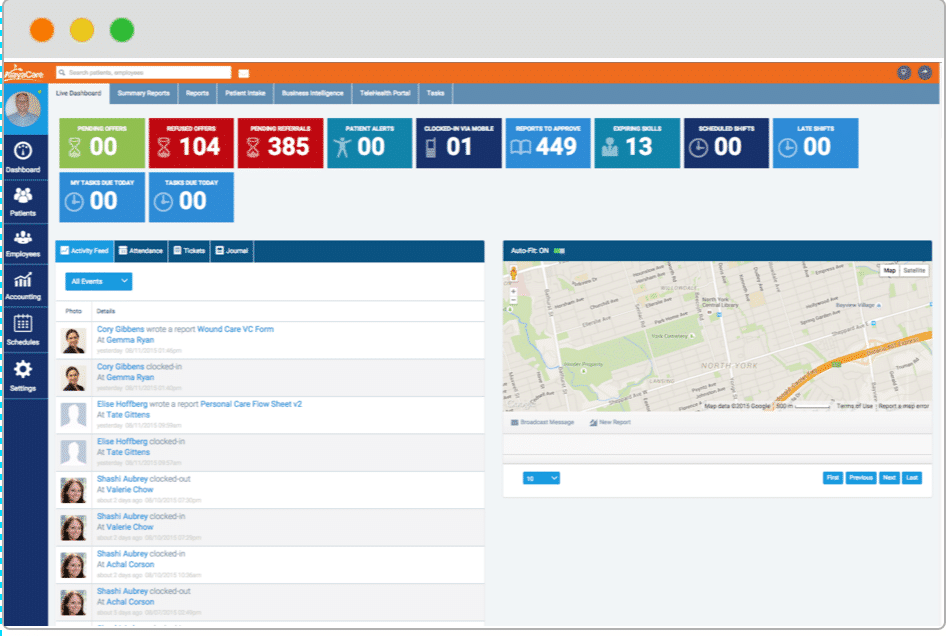Blog
Why UX Matters: Navel Gazing and the Dangers of Home Health Care Software Design

Too often companies have succumb to the temptation of mirror based design thinking. This can often result in a solution looking for a problem, a convoluted and meandering path to simple straightforward tasks and worse a capital investment that will require a write off in 1-2 years when the solution is scrapped.
Here are some (not all) rules of engagement to follow when you start thinking about a new solution for your home health care business:
- Find a UX champion – whether inside your four walls or via a trusted partner it is recommended you enlist the services of a UX pro.
- Immerse yourself into the business, get out from behind that screen and walk the four corners of your operation, go on ride alongs with PSWs and Nurses, speak to patients and their families, sit with payroll clerks, have lunch with admin staff that use your existing systems – go talk to your people!
- Explore what if? Challenge all of those folks you’re meeting with and ask them how they think the system could work better. Allow them to explore the art of possible.
- Remember CONTEXT counts. The old adage was once – content is KING….UX challenges that notion with the rise of the mobile screen. Your home health care software/solution/product/service must take into consideration the plethora of screens using/consuming that content.
- Sometimes less is more – related to point 4 cramming tech, content and information on the “smaller screen” is doing that screen an injustice. If you follow user centric design principals you can cut out superfluous information giving the user the essential elements of your solution.
- Iterate! Unfortunately once you’ve designed your solution it can’t just stop there…you’ll need to solicit and heed feedback. The beauty of this day and age is that your clients and users all love to give their opinion so embrace it.
- Adopt product management methodologies. All of those feedback items will create an unordered and potentially bias filled prioritized feature set. Make sure you engage properly with product management that know the business impact of product backlog.
- Perform in field QA (Quality Assurance) and UAT (User Acceptance Testing). Don’t rely on emulators or a few popular screen types. Find out what devices/screens are accessing your content and test while your staff in the field.
- Sweat the details. Challenge yourself to optimize and maximize joy for your users. Today’s technology should be a blessing not a curse. Keep in mind each screen and/or device may have powerful gadgets and components – consider these in designing your ideal use cases.
- Embrace metrics, KPIs, indicators available to you. If you can’t measure it, you can’t manage it! Design and development decisions should be supported with numbers and science.


